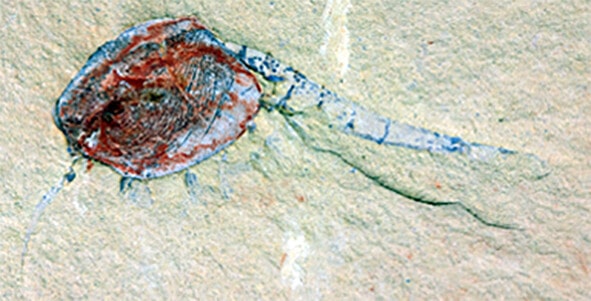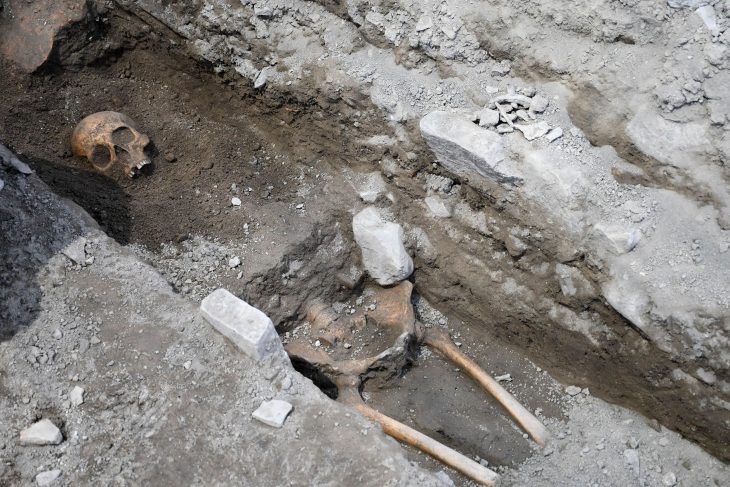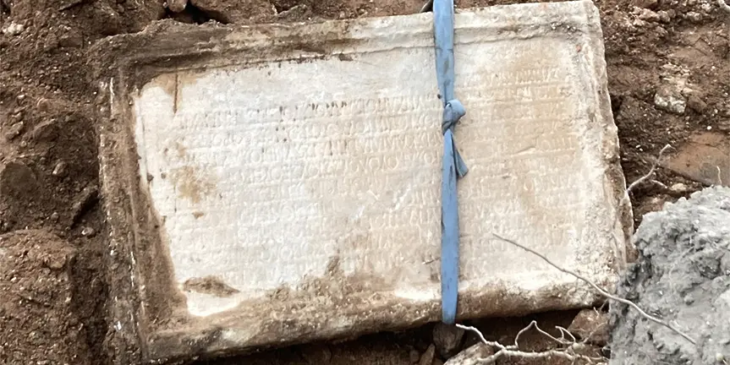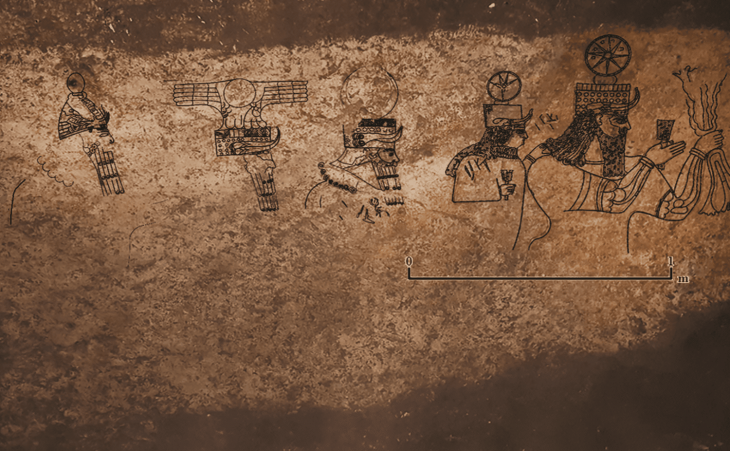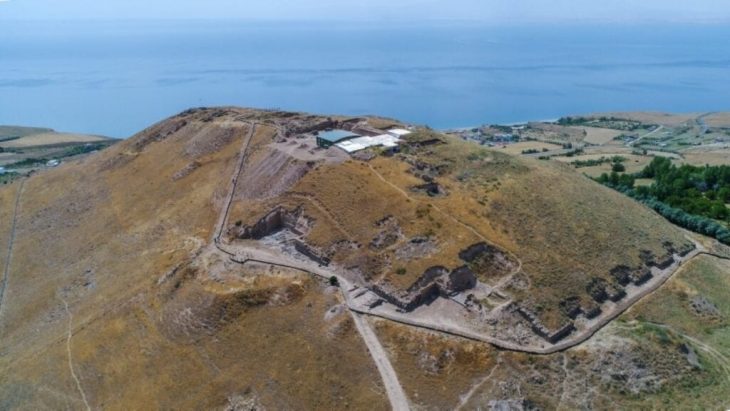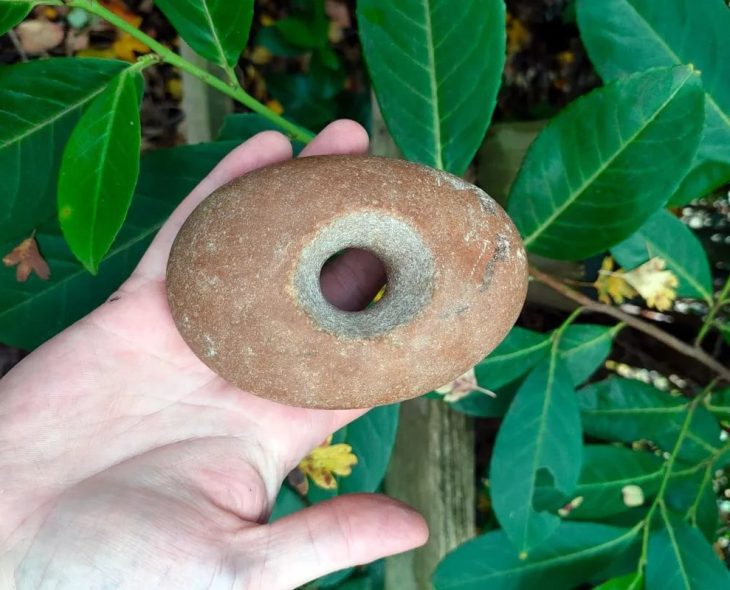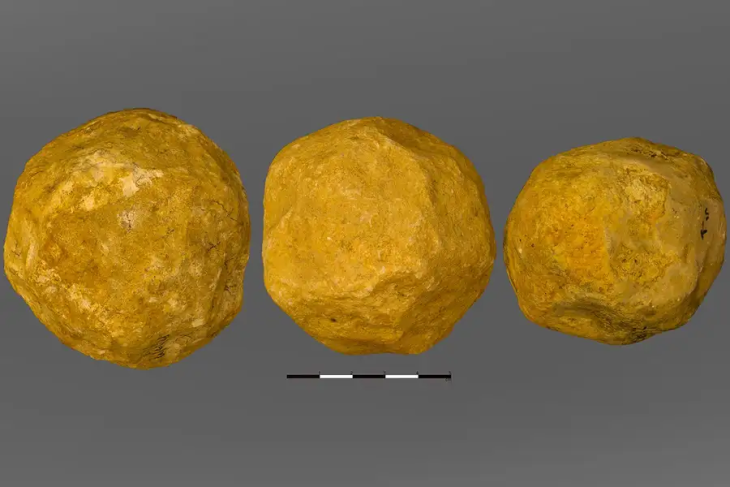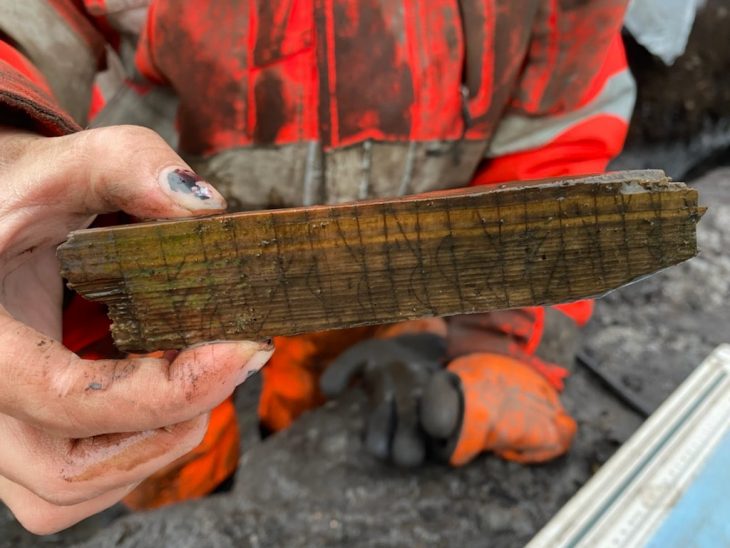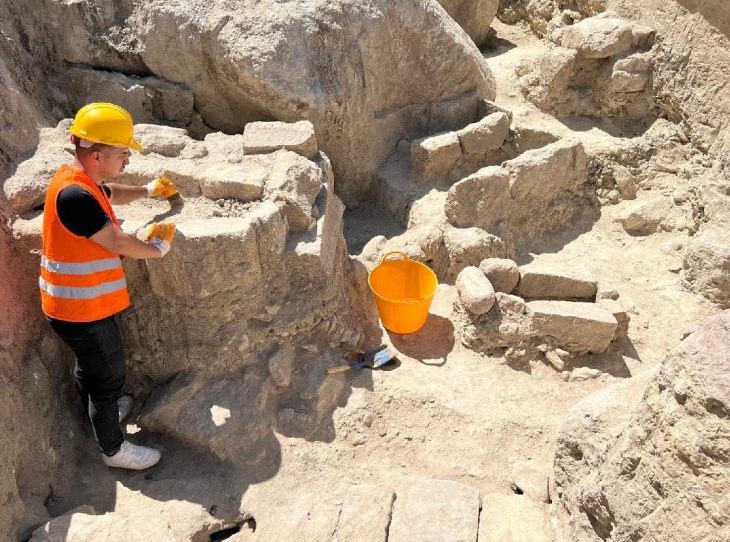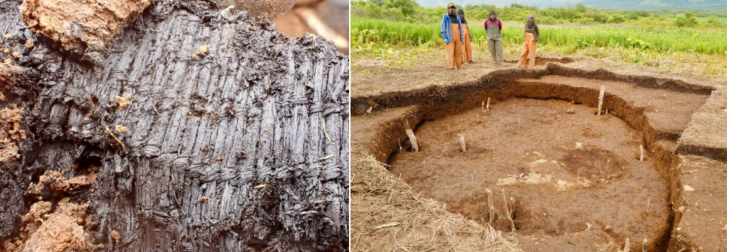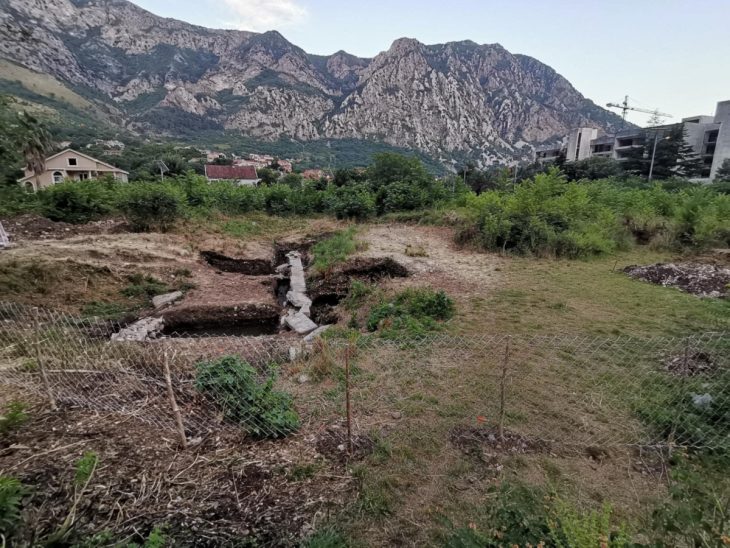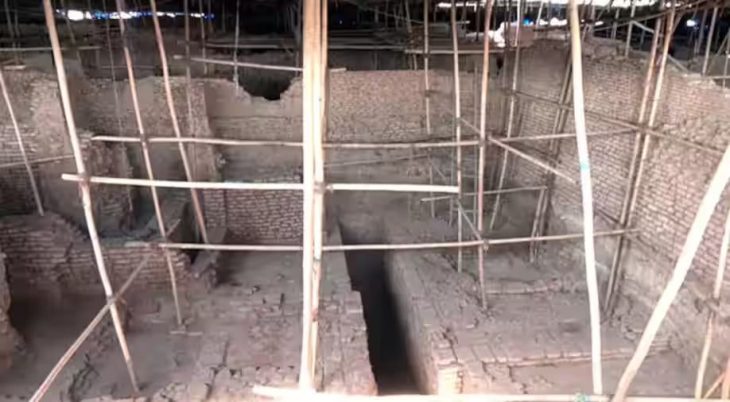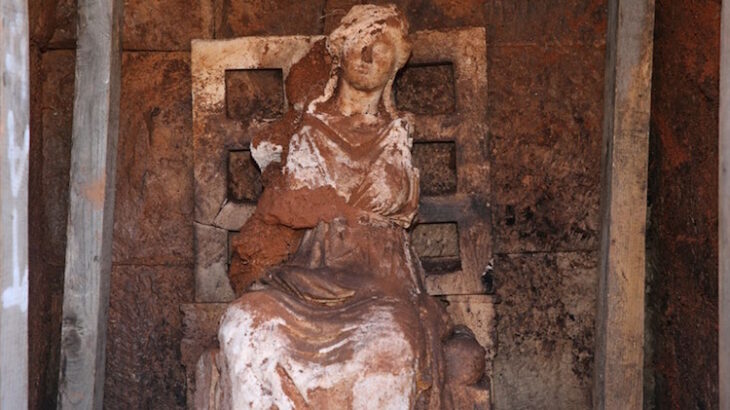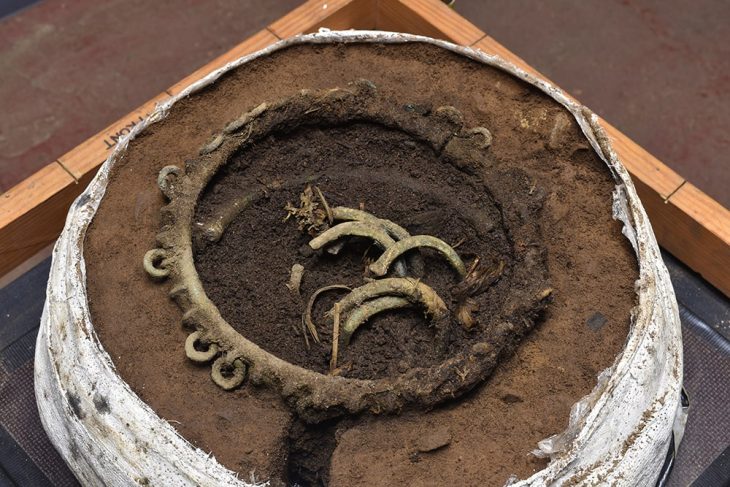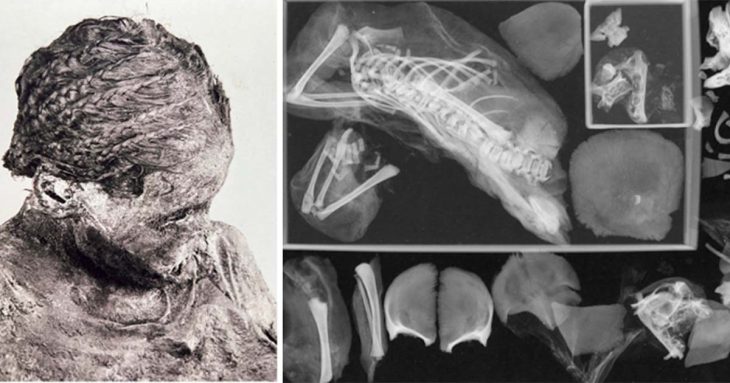Fossilized specimens of thousands of undersea animals buried under a sedimentary avalanche 518 million years ago have been found near Kunming, China, many of which are of new species.
Paleontologists who found the fossil trove believe they’ve unearthed a Cambrian-era ‘paleonursery,’ according to their report in the journal Nature Ecology and Evolution, with more than half of the specimens juveniles.
The Haiyan lagerstätte—from the German for storage place,’ it refers to a sedimentary deposit with exceptionally well-preserved fossils—contains approximately 2,800 specimens from at least 118 species, including predecessors to modern-day insects, worms, crabs, jellyfish, sponges, and trilobites.
There were also specimens with preserved eggs, larvae, and appendages intact and the inner soft tissues still visible.
Of the species found, 17 were previously unknown species.
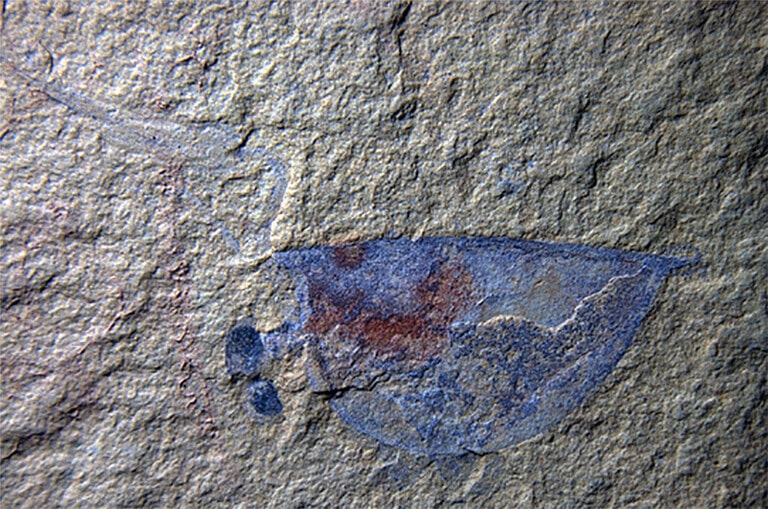
“It’s just amazing to see all these juveniles in the fossil record,” said Julien Kimmig, collections manager at the Earth and Mineral Sciences Museum & Art Gallery, Penn State. “Juvenile fossils are something we hardly see, especially from soft-bodied invertebrates.”
The Cambrian Period, which lasted 541 million to 485 million years ago, witnessed unprecedented climatic and biological changes, including the Cambrian explosion—the planet’s fastest and most extensive diversity of life in history.
There is a comprehensive fossil record from that time period when life existed solely in the water, but little of it depicts juvenile animals.
According to the researchers, each sediment layer in the lagerstätte represents a distinct ‘burial event,’ and while more recent strata have yielded some results, none equal the richness of the lowest level. It is unknown what triggered the burial event that wiped out the specimens at that level.
According to the team, it might have been caused by a fast change in oxygen levels or a storm that caused thick sludge to ‘wash down a hill and bury everything in its path.’
It may have killed them, but it preserved them so well that they are exposing bodily parts never seen before, including entire three-dimensional eyes.
According to the researchers, scientists may utilize CT scanning on these 3D characteristics to rebuild the fossils and extract even more information from the remains.
Scientists will be able to use this collection to study how these ancient animals developed from the larval to the adult stage.
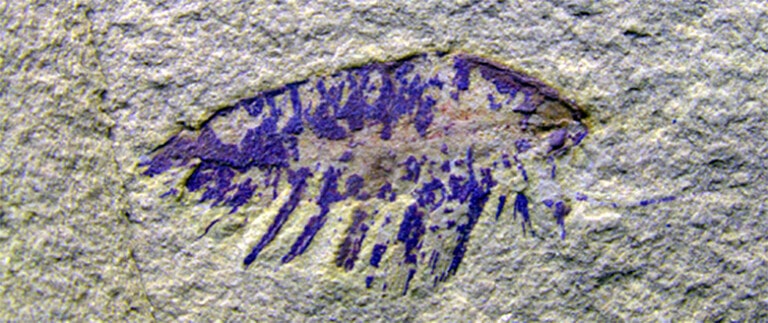
“We’ll see how different body parts grew over time, which is something we currently do not know for most of these groups,” Julien Kimmig said. “And these fossils will give us more information on their relationships to modern animals. We will see if how these animals develop today is similar to how they developed 500 million years ago, or if something has changed throughout time.”
The fossils will also allow researchers to analyze how animals acted 500 million years ago, when the planet was somewhat warmer than it is today, and use it as a proxy for where the world is heading in terms of animal behavior in a warmer climate.
“In this deposit, we found the ancestors to most modern animals, both marine and terrestrial,” Julien Kimmig said. “If the Haiyan Lagerstätte is actually a paleonursery, it means that this type of animal behavior has not changed much in 518 million years.”
Xianfeng Yang, a paleobiologist at Yunnan University, China, led a team of Chinese researchers that collected the fossils at the research site. Additional contributors to this study include Dayou Zhai and Yu Liu, Yunnan University; and Shanchi Peng, Chinese Academy of Sciences.
This research was supported by the National Natural Science Foundation of China, the State Key Laboratory of Palaeobiology and Stratigraphy at the Nanjing Institute of Geology and Palaeontology, and the Key Research Program of the Institute of Geology & Geophysics, Chinese Academy of Sciences.

